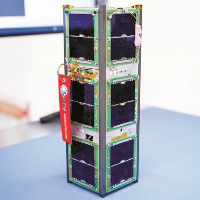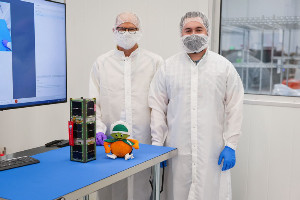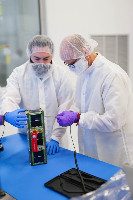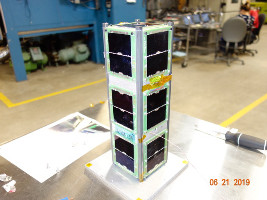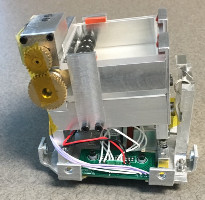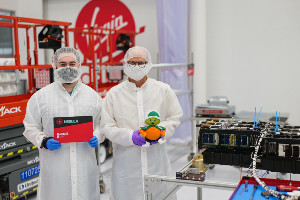| Satellite name | Q-PACE (QPACE, Cu-PACE, CubeSat Particle Aggregation and Collision Experiment) |
|---|---|
| Spacecraft type | CubeSat |
| Units or mass | 3U |
| Mass in kg | 2.76 kg |
| Status | Reentry 2024-01-19? No signal (Statement on SpaceNews) |
| Launched | 2021-01-17 |
| NORAD ID | 47315? |
| Deployer | FANTM-RAiL [Xtenti] |
| Launcher | LauncherOne |
| Organisation | University of Central Florida |
| Institution | University |
| Entity type | Academic / Education |
| Country | US |
| Launch brokerer | NASA CSLI / ELaNa |
| Oneliner |
Producing tens of thousands of collisions simulating the first steps in planet formation. |
| Description |
Perform a long-duration microgravity experiments in orbit to observe novel low-speed collisions in greater numbers than possible in ground-based, parabolic and suborbital flight experiments. Perform over 100 collision experiments producing 10’s of thousands of collisions simulating the first steps in planet formation. Q-PACE consists of a particle chamber that is shaken to induce low-speed collisions between the particles that cannot be achieved in Earth’s gravity. The collisional evolution of the swarm of particles is captured by a high-speed video camera. The video data is transmitted to the ground station for analysis to measure the outcomes of collisions based on impact speed and particle type. |
| Results |
Marked as Failure in the NASA SmallSat/CubeSat Fleet Missions Database. |
| Sources | [1] [2] [3] [4] [5] [6] [7] [8] |
| Photo sources | [1] [2] [3] [4] |
| On the same launch |
Last modified: 2024-12-15
